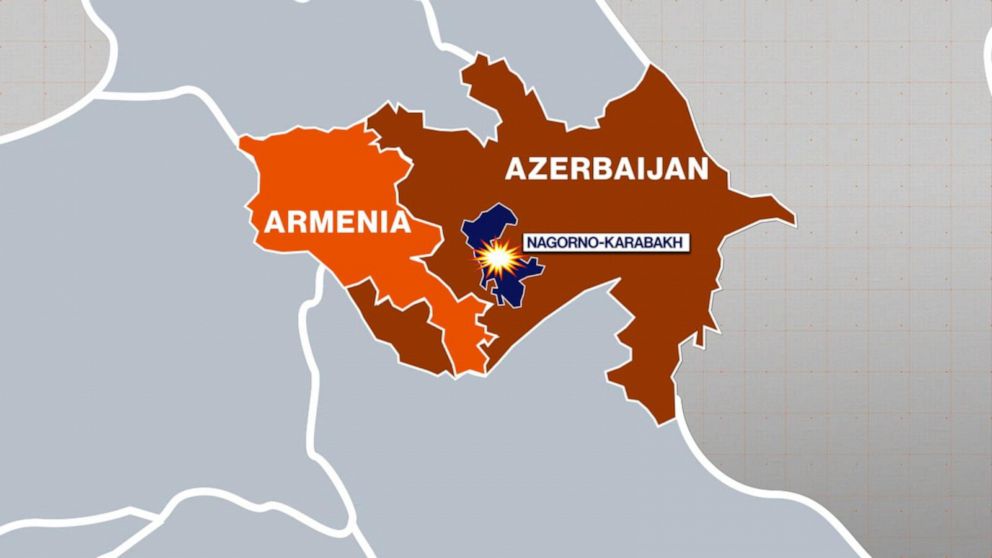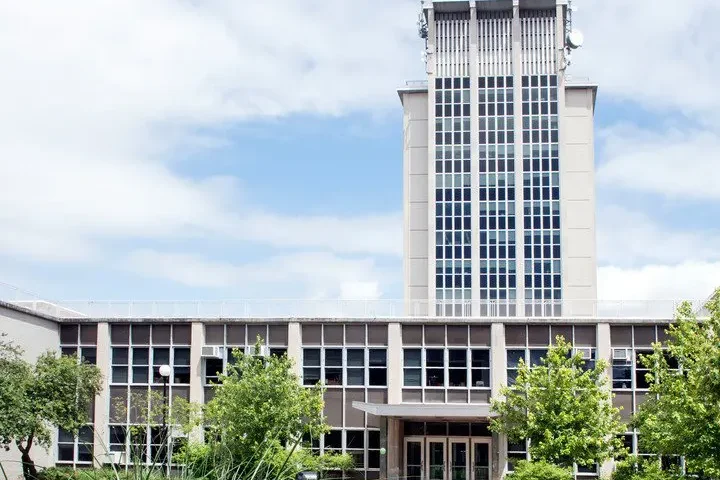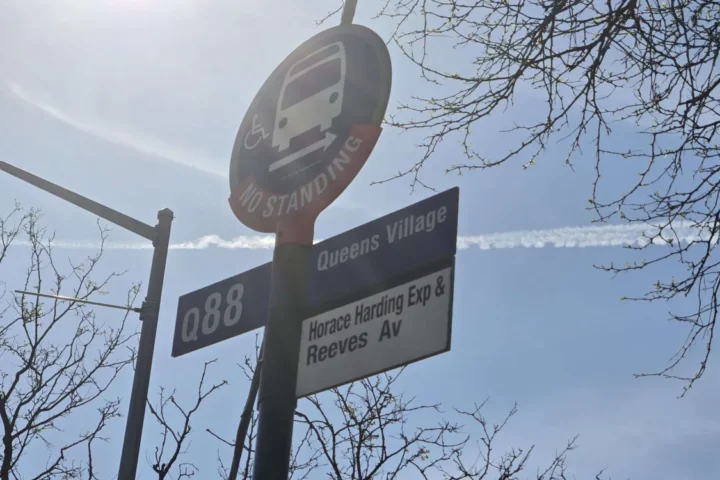While the United States remains divided over topics such as mask wearing, Armenians are being forced out of their homes due to the outcome of a conflict with Azerbaijan that dates back to the late 1980s. The two decade-long “Nagorno-Karabakh conflict” has been put to rest after Armenian Prime Minister Nikol Pashinyan, Azerbaijani President Ilham Aliyev, and Russian President Vladimir Putin, cosigned a peace deal on Nov. 9. This deal ended the most recent six-week war between the two former Soviet republics that claimed thousands of lives on both sides. It also attempted a solution to the much longer ethnic and territorial dispute, by enabling Azerbaijan to retain a great deal of territory conquered over the duration of the conflict, but allowing the much disputed Stepanakert region to remain under Armenian control, both with Russia’s protection and assistance.
There is certainly a great deal of rebuilding to be done after the series of clashes which have marked the region since the late 1980s. The conflict between Armenia and Azerbaijan began when the two were still republics of the Soviet Union. The Union at the time was composed of 13 such republics, organized by ethnicity. Between the two large regions of Armenia and Azerbaijan was a far smaller republic, named Nagorno Karabakh, that was predominantly populated by Armenians. 60 to 70 percent of the region’s inhabitants were of Armenian descent, while only about 25 percent was Azari. However, the majority of the land was inside Azerbaijan.
Since 1988, Armenians had demanded the region be formally recognized as a part of Soviet Armenia due to the largely Armenian presence. When the Soviet Union collapsed in 1991 and the Armenians in the Nagnor Karabakh area were asked to move back into formal Armenian territory, their refusal sparked defiance and violence among villages which ultimately erupted into a full scale war.
“Russian troops are down in Nagorno Karabakh with peacekeepers and they’re working on
building infrastructure like electrical, water supply, and all the things that got destroyed during
wars,” explained Queens College (QC) political science professor Julie George. “Markets [have been] destroyed, trade roads, and land mines were put in place during this conflict. So they need to demine so that people walking around don’t explode.”
“What started off as a series of skirmishes became a much bigger conflict between places,” George elaborated. “In the middle of all that the Soviet Union collapsed and Armenia and Azerbaijan became independent countries. And this fight was ongoing between them.”
According to George, the Armenians initially had the upper hand and soon after 1994, a ceasefire was put in place. However, a great deal of sporadic violence which erupted between the two countries, combined with systemic intentional violence by the Azari, eventually disrupted the Armenian upper hand. The Azaris, who had powerful medians in terms of military strength, were then able to take back the occupied territory inside Nagnor Karabakh.
Although compromise and effort has been evident on both ends of the deal, the implementation has been far from simple. Many Aremnians in regions which have ceded to Azerbaijan would rather burn their homes than allow them to be taken by their enemies, and as a result, hundreds of homes in such areas have been destroyed by their owners. Despite the signing of the agreement, it is yet to be seen if tensions can truly be eased between the two neighboring countries.
And in light of a conflict with such high stakes, it is important for those in the United States busy squabbling over indoor dining and mask wearing to note that some do not even have the privilege of not needing to dispute the right to their own homes and lives.











